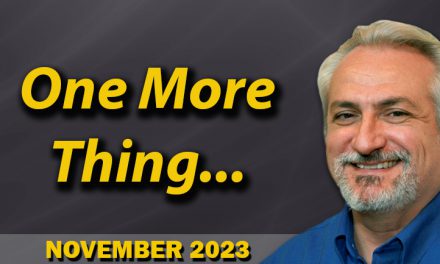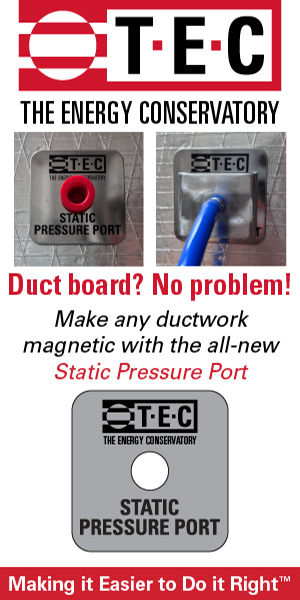In roughly 30 days, HVAC equipment sold in the U.S. must meet the newest energy efficiency ratings known as SEER2, EER2, and HSPF2. These ratings reflect the Department of Energy (DOE) M1 testing standard by which all manufacturers must now test and rate equipment.
There are a number of regional differences in specific minimum requirements, so it’s important to learn what that means in your market.
Here is a link to HARDI’s page on the standards: ncilink.com/RegStds.
In all cases however, the new standard requires testing air-handling equipment at Total External Static Pressure (TESP) of 0.5-in. of water column. This is five times the unrealistic 0.1 inches of TESP which was used up to now!
This is definitely a step in the right direction, but the truth is measured external static on most systems typically ranges from 0.8-in. to well over one inch! The bottom line is it’s still up to technicians in the field to get statics under 0.5-in.
Besides higher-priced equipment, one of the main challenges facing contractors, distributors, and manufacturers, is the razor thin forgiveness of these new ratings. With inverter technology and other methods of achieving higher SEER ratings, the “bell curves,” within which equipment can effectively perform, look more like upward pointing arrows with a very small sweet spot.
Installed conditions have to be near perfect, as anything less, and performance drops like a rock. Unless equipment is installed under real field conditions of 0.5-in. of TESP or less, customers will experience comfort and efficiency issues that could haunt our industry for decades to come.
How Do We Protect our Reputation?
With all this change and uncertainty, how do we keep our industry from getting yet another black eye? While the solution is simple, it is challenging to be certain: It’s more important than ever that installers and technicians properly measure static pressures, airflow, and delivered Btus on every system they install and service.
Unfortunately, we have a huge knowledge and skills gap — one estimate says that less than 10% of our country’s 500,000+ field personnel have the training, tools, and skills to properly test, diagnose, and correct these issues.
What Needs to Happen?
First, we have to train all field personnel, including salespeople, to measure and interpret static pressures so they understand what they are dealing with on every system they touch. This initial step needs to become as second nature as checking temperature drop across a coil.
Second, whether through fan tables or other testing methods, they must be able to assess airflow at the equipment. By knowing airflow and temperature drop (or rise) across equipment, they can calculate delivered Btus. By measuring enthalpy, they can accurately determine both latent and sensible Btus.
Third, they must learn how to accurately diagnose the causes of high statics and insufficient airflow, and perform the necessary work to get these parameters into an acceptable range. This can be one of the toughest steps — it also requires getting customer buy-in.
This is one of the biggest hurdles for contractors to overcome. To succeed, their field people must be trained to educate customers in a non-threatening and persuasive way so they understand the benefits of getting their HVAC system updated to work with today’s equipment.
Click Below for the Next Page:













Recent Comments